What is Your Dog Trying to Tell You?
Dog Body Language Explained
Your dog cannot speak, yet he or she communicates with you on a daily basis.
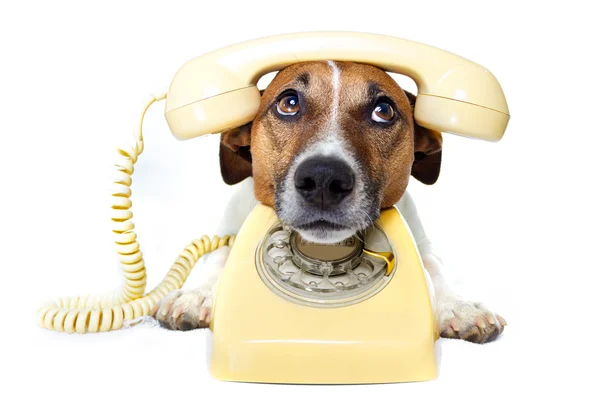
Dogs communicate with one-another as well as humans through a series of intricate gestures and behaviors usually conveyed through their bodies.

Have you ever wondered what your pal is trying to tell you?
Here, you will learn everything you need to know to better understand your best friend and dog body language in general!
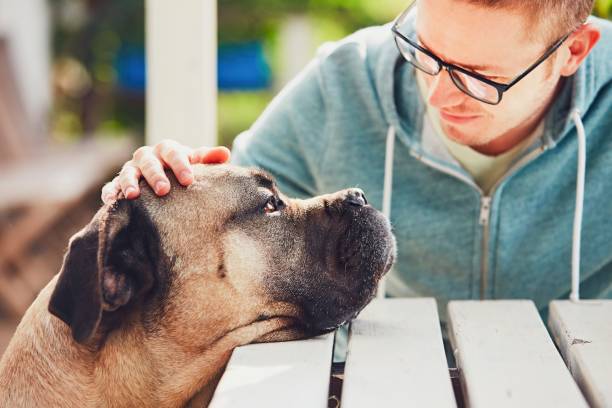
Here are two things you should keep in mind before analyzing individual behaviors:
1. A DOG’S BODY MUST BE VIEWED AS A WHOLE
Rather than focusing on one part of the body to read a specific dog’s body language, it can be more helpful to consider his or her body as a whole.

For example, an aggressive dog might also be wagging his or her tail, so just focusing on the tail might lead you to think they are happy! By zooming out, and noticing the dog’s facial expression and tensed up body, you will be able to tell that they are angry.
2. CONTEXT IS IMPORTANT
It is vital to remember that certain behaviors may have different meanings in different situations.
For example, yawning could just be a sign of being tired. If your dog is winding down after a long day, this would be completely normal.

However, if he or she is in another situation and yawning while displaying other signs of distress, this means that your dog is nervous and stressed out!
Now, without further ado, let’s look at a dog’s body from top to bottom and attempt to decode dog body language!
Ears
A dog’s ears are extremely expressive and a key indicator in dog body language.
Of course, their range of motion might be limited according to breed (i.e. dogs with floppy ears cannot move them as much as dogs with erect ears).
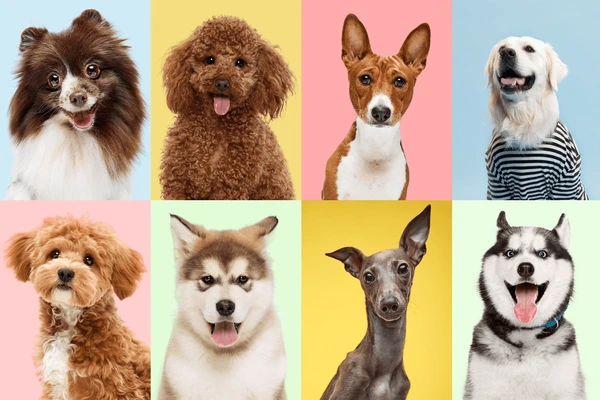
If a dog’s ears are neither too high nor too low, this can signal contentment and relaxation.

Ears held high mean that your dog is alert. Depending on the rest of their body, this could mean curiosity, aggression, or playfulness. In any case, this indicates that the dog is about to take action!
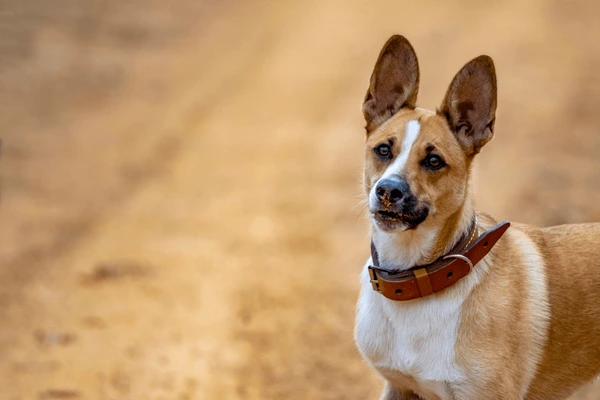
When your dog’s ears are pinned down this means that your dog is feeling anxious, sad, or uncomfortable. The more flattened the ears are, the worse the dog is feeling!
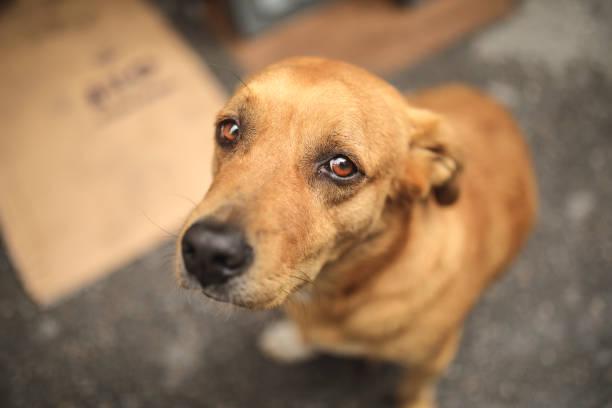
Rapidly switching between different ears positions can indicate uncertainty. Perhaps your dog has encountered something new and is unsure how to respond?

Eyes
Humans have a saying that “eyes are windows to the soul”. Did you know that this also applies to dogs? A dog’s eyes are an important factor in dog body language.
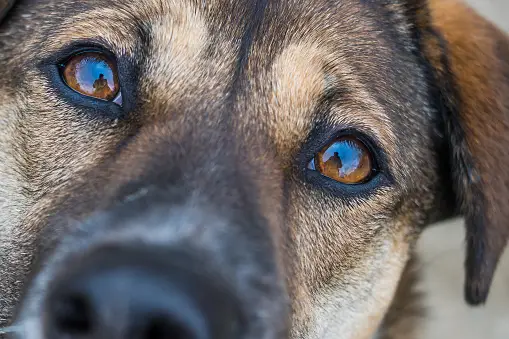
“Soft” or “smiling” eyes indicate happiness, contentment, or relaxation. The eyes will be neither too wide open nor too closed.
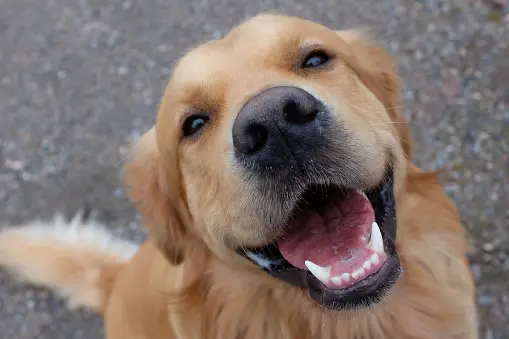
Wider eyes show that your dog is alert or focused.
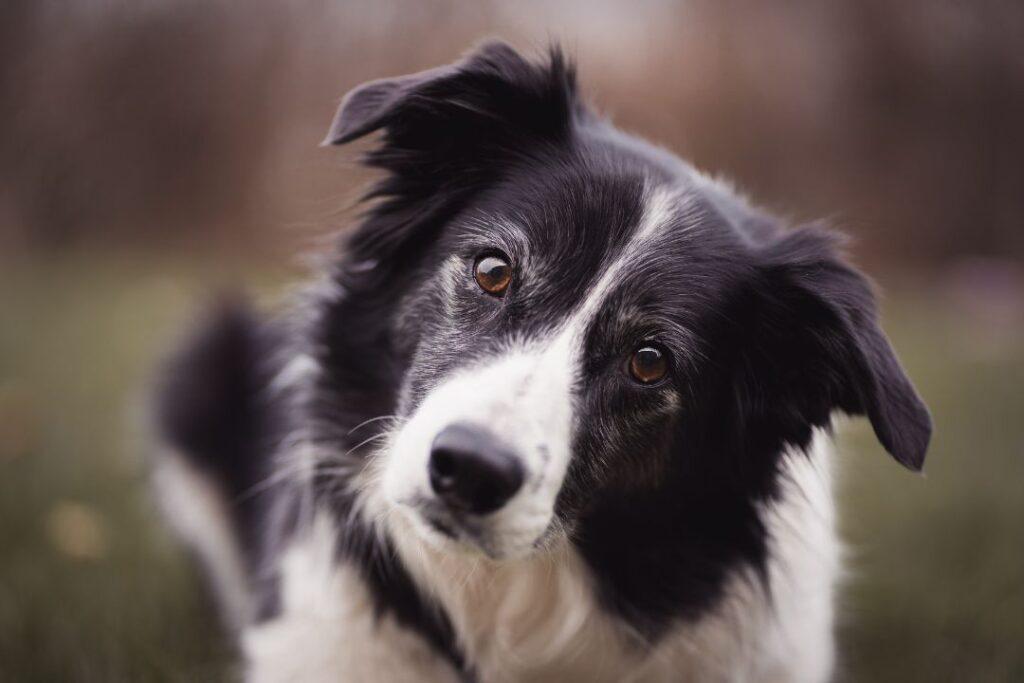
Extremely wide eyes with the whites showing can signal fear, discomfort, or anxiety.
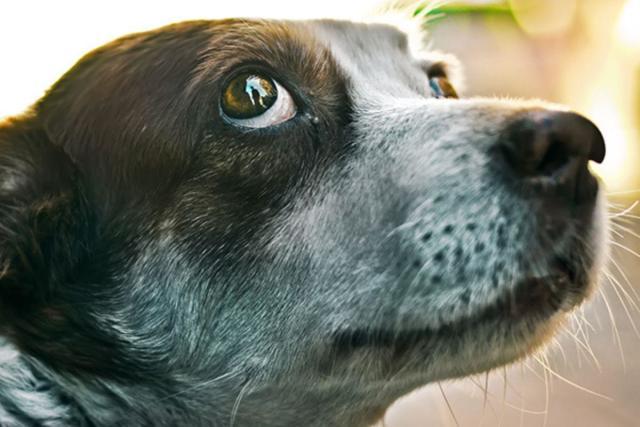
A hard stare is telling you not to get any closer!

In general, direct eye contact signals familiarity and boldness. A submissive dog will avert his or her gaze. If you ever encounter an aggressive or scared dog, it is wise to avert your gaze so that they do not feel threatened!
Mouth
In dog body language, a dog’s mouth positions are very similar to a human’s! So, these will be very obvious, although they are still worth mentioning.
A smile is always paw-sitive! It means that your dog is happy and/or relaxed. This can be accompanied by a slightly open mouth and/or panting.
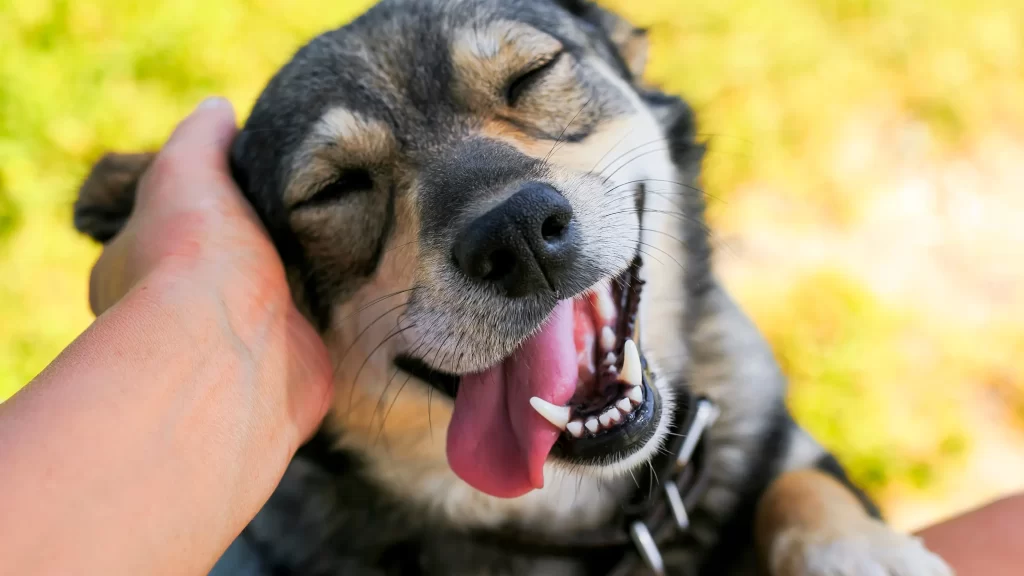
A frown is associated with negative feelings.

A snarl or exposed fangs is a dog’s way of saying “back off”!

Do not mistake a submissive grin for a snarl! In this position, the dog’s teeth may be exposed, but the rest of the dog’s body will be in a submissive posture, with the eyes semi-closed.

Fur
Did you know that your dog’s fur can also let you in on his or her mood?
In dog body language, fur that is standing straight up on your dog’s body (usually along the spine or around the shoulders) means that your dog is aroused. This could mean excitement, anger, fear, or nervousness.
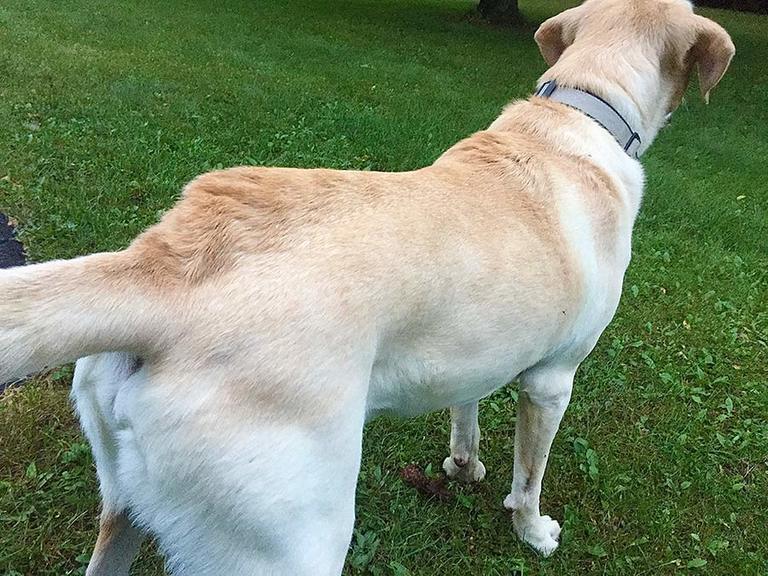
Excessive shedding can mean that a dog is stressed or scared. For example, it is not uncommon for dogs to shed a lot during vet visits!

Posture
When a dog is happy and relaxed, their overall posture will be relaxed. Their body will look like its actual size. There will be no tension held in any part of the body.

A scared or submissive dog will try to make their body look smaller than it is. This means they will likely be hunched closer to the ground. Their head and tail will be lowered as well.

A dominant or aggressive dog will try to look larger than they are. He or she will be standing tall, maybe even on tiptoes, and accompanied by other signs of aggression or dominance.
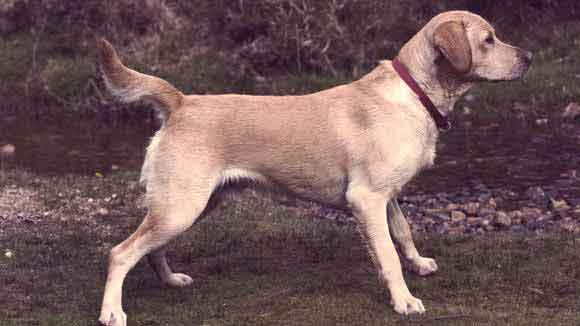
Tail
Dog tails are so expressive! Many people often look at the tail first to understand dog body language.
A common misconception about tail wagging is that it automatically means a dog is happy. While dogs do wag their tails when they are feeling happy, they also do so when emotionally aroused in any way.
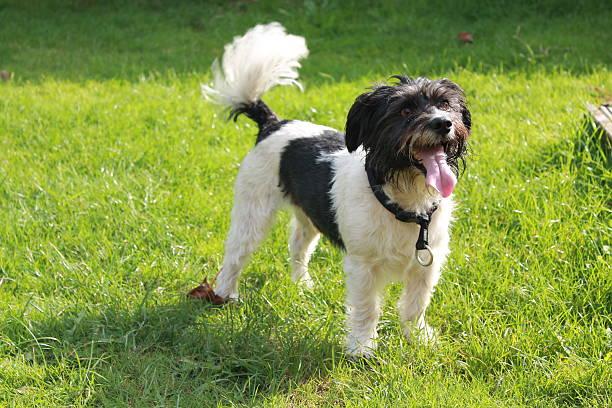
An angry or agitated dog may wag their tail vigorously.
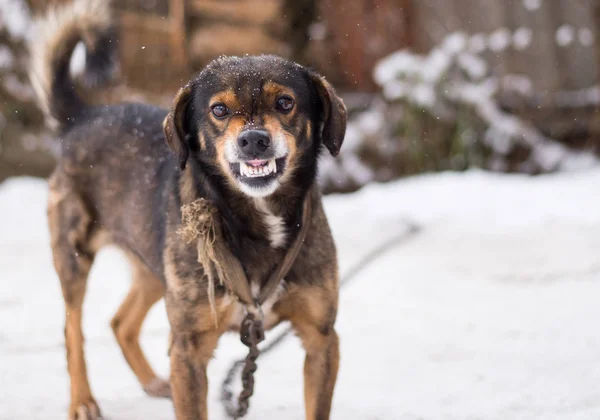
The same can be said about an excited dog.
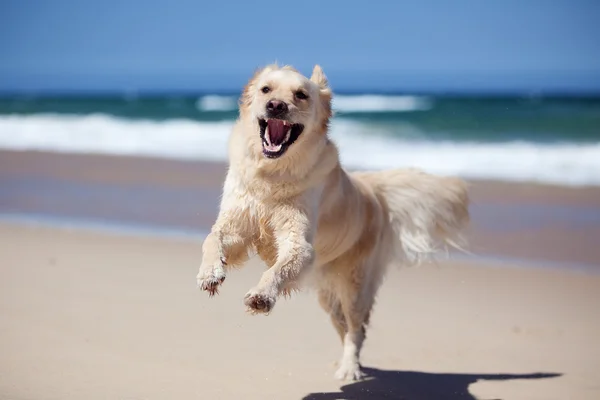
The intensity of the wag can tell you even more. A slower tail wag can be a sign that the dog is content and relaxed, while a faster wag may signal excitement.
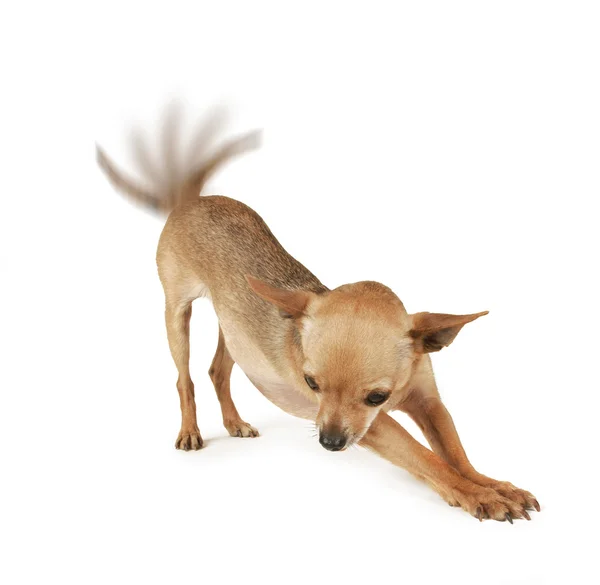
If a dog’s tail is tucked between their legs or held low, this means that the dog is uncomfortable, scared, anxious, or sad.
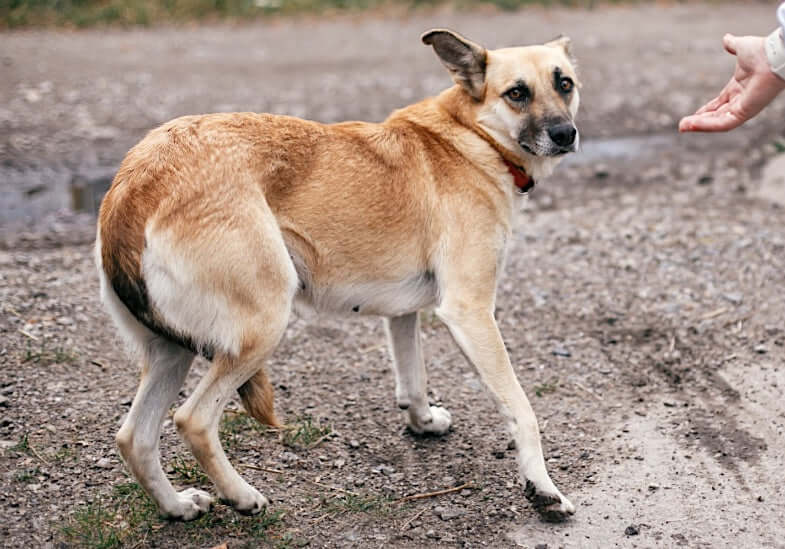
LEARN TO UNDERSTAND THE BODY LANGUAGE OF YOUR DOG
While there are more examples and body parts that we have not covered, we have tried to cover the basics of dog body language. Have you learned anything new about your pal? We certainly hope you can better understand him or her now!
After all, understanding your dog’s gestures and signals is key to strengthening your relationship with them and building mutual understanding.
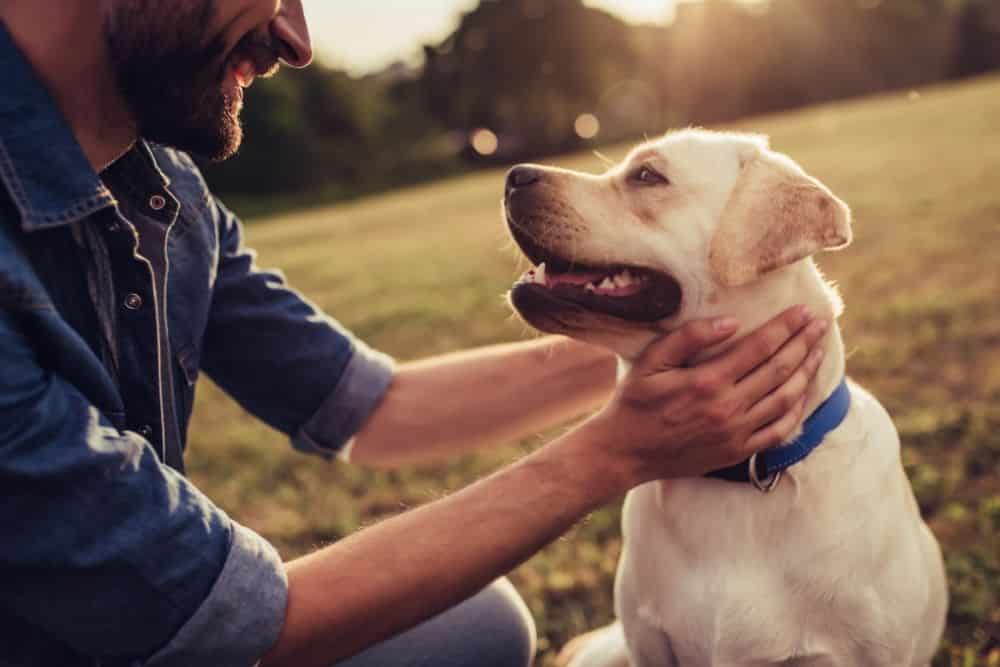
Please consider visiting our shop and making a purchase to enable us to keep educating the public about responsible ownership and understanding between human beings and dogs.
Best regards,
The Charity Shop Team

